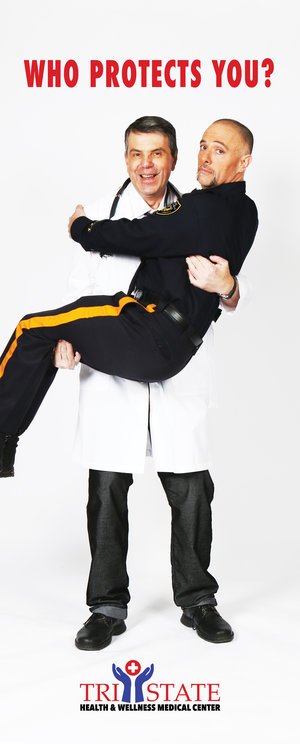Impact of Police TV Shows: Influence, Perception, and Reality
/By: Joel E. Gordon
Police TV shows are a big part of our culture. They excite audiences with police chases, dramatic arrests, and clever forensics. These shows are more than just entertainment—they shape how we see law enforcement. How many of us became enamored with the thought of becoming a law enforcement officer as a result of TV shows such as Adam-12, Hill Street Blues, and many more past and more contemporary shows? As viewers, we often take what we watch as a glimpse into the real world of policing. But how do these shows actually influence police work, policies, and public trust?
Image Source: https://pixabay.com/photos/remote-control-tv-watch-tv-watch-4891936/
From the gritty streets of Law & Order to the high-tech labs of CSI, crime shows have been a staple for decades. They reflect society’s hopes and fears about crime and justice. Over time, these shows have introduced new themes, like cybercrime or terrorism. With every new series, viewers see policing as a fast-paced, tech-savvy battle against evil. TV dramas often make police look like heroes who solve crimes quickly and effortlessly. People tend to expect swift results based on what they see on screen. This can lead to impatience with real police, who face many hurdles and delays. Citizens might believe that technology or clever tricks should always work, thanks to media portrayals.
The hero cop is a common image on TV. These characters often ignore the hard, messy reality of police work. It can give viewers a skewed view of law enforcement. Another problem? Shows sometimes show misconduct or corruption, but in exaggerated ways. This can make the public more suspicious and less trusting of police.
Many police officers and departments mimic techniques they see on TV. For example, the CSI Effect has made jurors expect forensic evidence in every case. This has pushed police to improve labs and focus on evidence collection. Some units now train with methods popularized on TV, believing they’re proven to work.
TV stories have inspired real policies. Take body cameras, for instance. Shows that depict police actions have made the public demand more transparency. Departments even adopt community policing ideas, like officers building relationships with locals, inspired by TV characters who do the same. TV often shows police catching bad guys in minutes. In reality, investigations take weeks or months. The emphasis on technology or quick fixes might distract from addressing deeper issues. For example, systemic bias or social problems are rarely shown as part of the story, yet they play a big role in real policing.
Many departments use TV-style imagery to attract new officers. The idea of a glamorous, action-packed career appeals to young people. Ads show officers as heroines and heroes, which can be motivating but also misleading.
Some shows highlight police working with communities. These stories can inspire real departments to build better trust with citizens. For example, programs that portray officers as neighbors and helpers show positive role models, helping to break down barriers.
While TV can inspire, it’s important to stay realistic. Too much focus on drama might create false expectations for recruits. It’s essential to teach new officers that police work involves patience, fairness, and understanding of social issues.
Researchers have studied how TV shapes public views. Many find that shows can skew perceptions, making some citizens believe policing is always perfect or that misconduct is rare. Experts warn about the dangers of unrealistic portrayals.
Shows that dramatize certain tactics might undermine transparency. When police are shown hiding or manipulating evidence, it can influence how viewers see the justice system. Responsible portrayals are vital for maintaining public trust.
Creators should work closely with law enforcement to show accurate stories. Shows need to balance entertainment with truth. Realistic depictions help audiences understand police work’s complexities, fostering respect and support.
Police TV shows hold a powerful influence. They shape how the public views law enforcement and can impact how police operate. We must be mindful of this dual role—entertainment and education. Responsible storytelling and accurate portrayals build trust and foster better policing. By being aware of media’s role, we can create a more informed and fair relationship with those who serve and protect us.
Take this as a call to watch critically, question what you see, and support realistic portrayals that reflect the true challenges and victories of policing today.
Joel E. Gordon, BLUE Magazine’s Editor-in-Chief, is a former Field Training Officer with the Baltimore City Police Department and is a past Chief of Police for the city of Kingwood, West Virginia. He has also served as vice-chair of a multi-jurisdictional regional narcotics task force. An award winning journalist, he is author of the book Still Seeking Justice: One Officer's Story and founded the Facebook group Police Authors Seeking Justice. Look him up at stillseekingjustice.com









